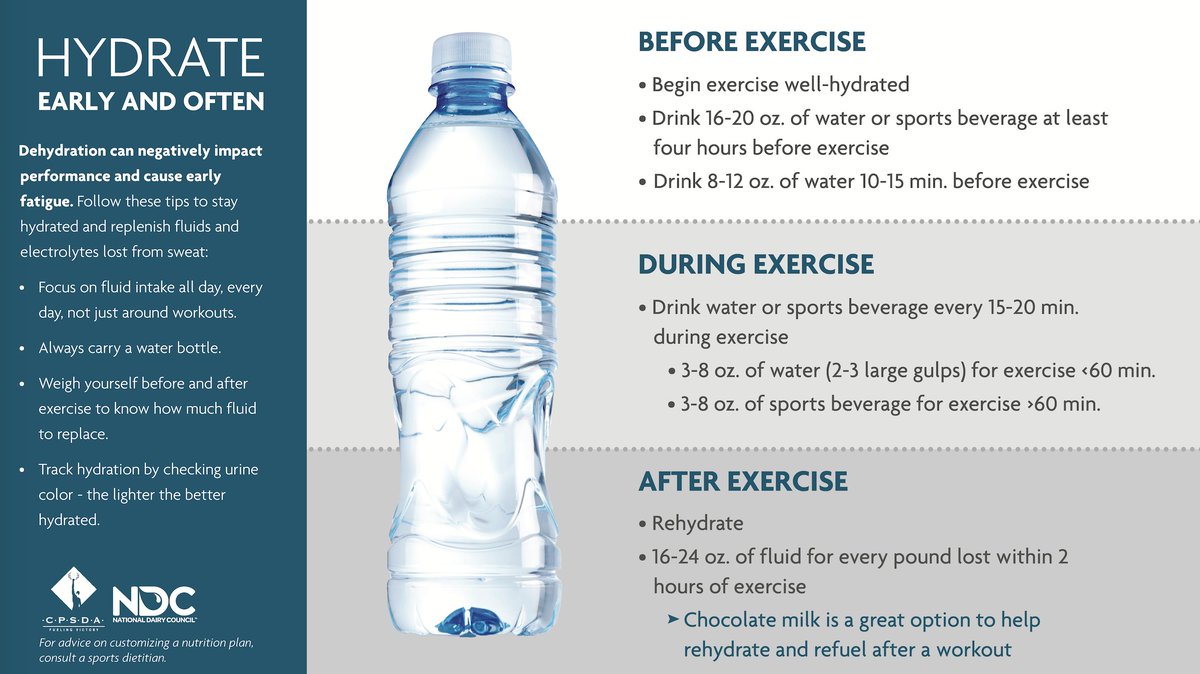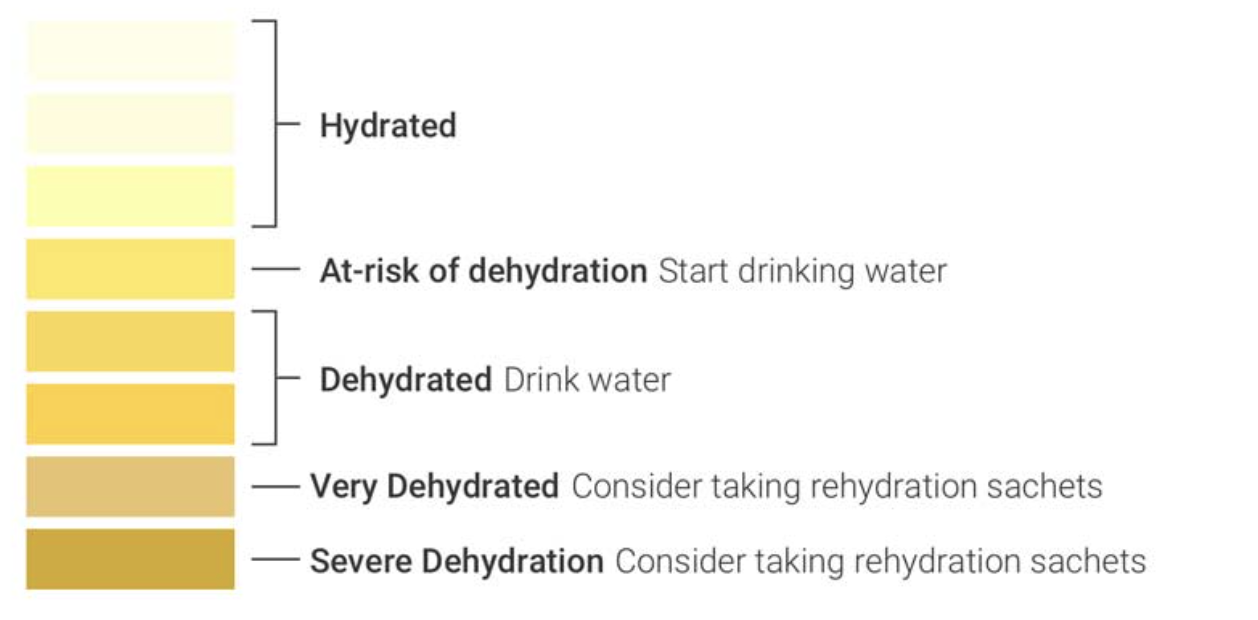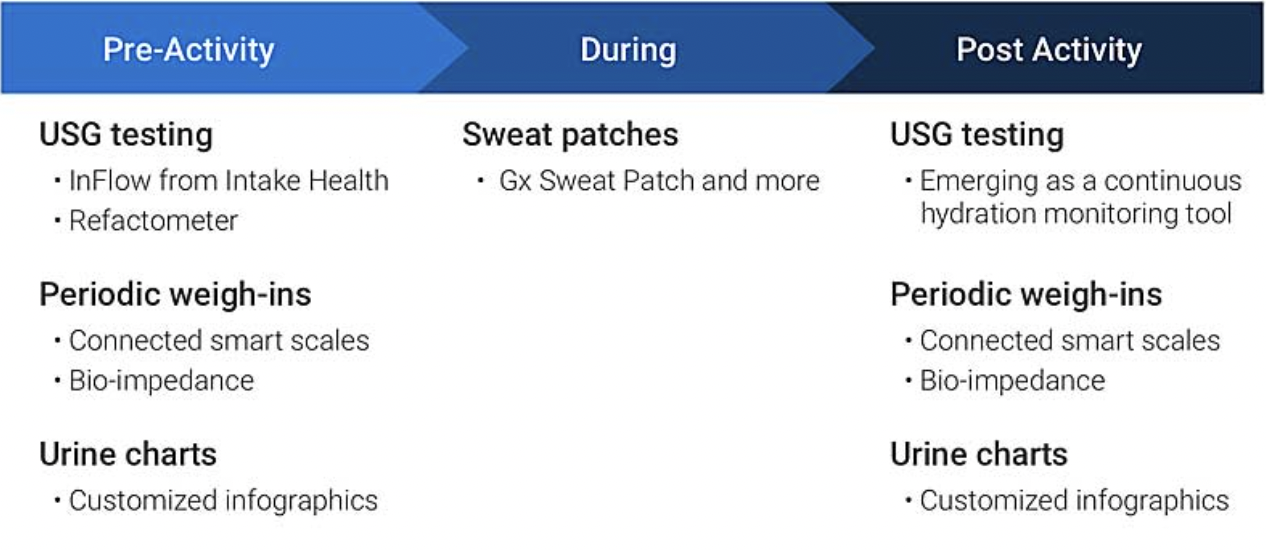XPS Network at the International Football Conference 2025
The International Football Conference 2025, held over three inspiring days at Brøndby Stadium, once again proved why it is...
Read MoreHydration monitoring and hydration breaks are so important in sports that they’re even being included in game day operations for sporting competitions and matches at every level.
Attitudes towards hydration have changed a lot in recent decades. Older generations of coaches and players will remember the phrase “Water makes you weak”, underscoring attitudes towards staying hydrated during conceptions and training.
However, even though that’s changed considerably, there are still best practices and approaches to hydration that not every coach will know.
Exercise and sports use a lot of energy. Athletes sweat, whether they’re training or playing in a competitive game.
Governing bodies worldwide now recognize hydration as a crucial factor in health and safety. During the hottest times in the year — when athletes are training or playing in competitions — poor hydration can put athletes’ health and lives at risk.
As a result, coaches, sports nutritionists, and performance staff are now encouraging hydration best practices amongst players. Teams and clubs at every level are taking hydration budgets seriously. It can cost $20,000 or more simply for bottled-water for a team of 30 athletes. Plus, other budgets are often needed for sports drinks and hydration-related equipment.
At the professional level, there are NFL coaches submitting $120,000 budgets for water, sports drinks, and hydration-related equipment.
Even in college leagues, teams are spending $60,000 annually on 21,000 gallons of water and sports drinks for their players, according to recent research. It’s one of the reasons sports drinks brands, such as Lucozade and Gatorade invest so much in branding and advertising with teams. Sports drinks bands make millions from these sponsorship deals.
Hydration is only a part of the budgets professional and college teams invest in fueling athletes for performance and recovery. Colleges invest millions in athlete hydration and performance-related activities, thanks to an NCAA rule change in 2014.
Recent surveys have found that cutbacks haven’t reduced what college teams are spending on equipment, technology, and hydration. According to these surveys, 44% of teams spend at least $50,000 in these areas, to ensure athletes are well looked after, fit, healthy, and playing at their best in every game and training session.
Despite these investments, hydration is one area that’s often overlooked.

An athlete’s fluid intake plays such an important role in the health, safety, and performance of players. Hence the large budgets dedicated to water, sports drinks, and hydration monitoring.
And yet, players are often reluctant to take it seriously. NATA position statements have found that over 50% of high school, college, and professional athletes start training or competitive games dehydrated.
Dehydration is a serious concern. Dehydration — combined with prolonged physical activity and hot weather — can greatly increase the risk of heat-related illnesses. Heat or sun stroke, for example, is a serious danger to athletes at every level. Tragically, dehydration has caused hundreds of high school and college athlete deaths since 2000.
Adequate hydration for athletes is a year-round concern. Hot weather isn’t the only time of year when hydration should be taken seriously. Numerous studies have found that muscle cramps, sluggishness, and other performance-related issues are all linked to hydration levels and fluid intake.
Another comprehensive study last year (Barnes & Baker (2021)) found that: “22 of 34 studies reported dehydration as having a negative impact on cognition, skills, and physical performance in sports such as basketball, soccer, American football, and others.”
71% of these studies found dehydration causes reductions in “cognitive performance”, and 67% found “dehydration to have a negative impact on sport-specific skills.”
It’s that simple. Dehydration reduces performance, can cause serious health problems, and even death.
Despite these dangers, coaches often struggle to encourage players to drink enough water during training and competitions. Hydration efforts are usually met with eye rolls and smiles, before players carry on with whatever they’re focused on. Unfortunately, hydration is rarely at the forefront of a player’s mind.
Firstly, we need to consider the different ways coaches and performance staff can monitor hydration levels. There are a number of options. Unfortunately, none of them are perfect. A lot of the data is subjective, depending on the way individual athletes process water, the temperature, and how often players can take a drink during games.
Here are the options for coaches:


Now, let’s consider more effective ways to make sure players are drinking enough:
Would your team, club, youth association, or sports association benefit from XPS and its wide range of features? Contact XPS Network if you want to find out more, or Sign-up for a Free Trial today.
The International Football Conference 2025, held over three inspiring days at Brøndby Stadium, once again proved why it is...
Read MoreManaging a growing exercise library can be a grind. Adding new drills one by one? Slow. Re-tagging the same...
Read MoreThe Croatian Handball Referee Association (UHRS) is taking referee development to the next level by leveraging the power of...
Read MoreThank you!
Our representative will get back to you soon with time suggestions for an online meeting.
If you have any questions contact us at support@sidelinesports.com
Schedule a short online meeting with our representative
Try free XPS 14-days trial right now No credit card required